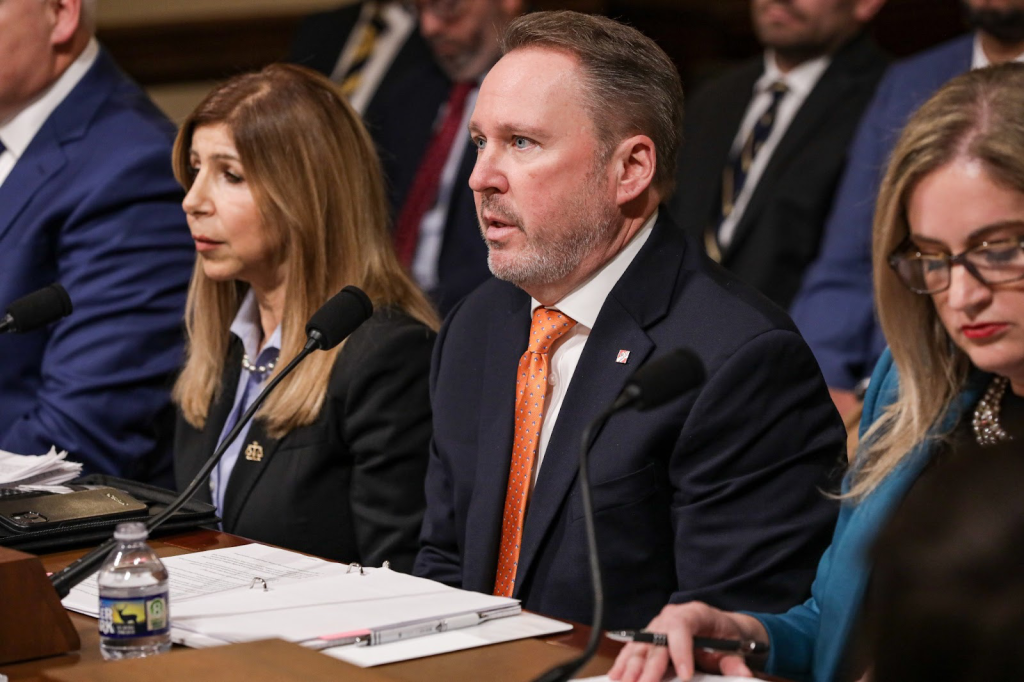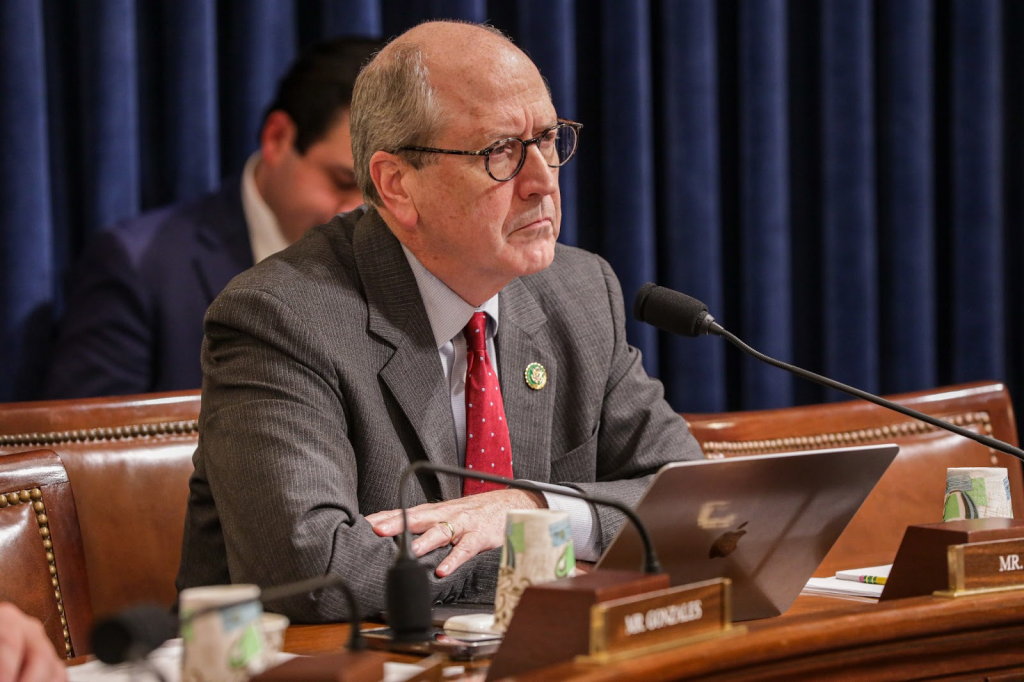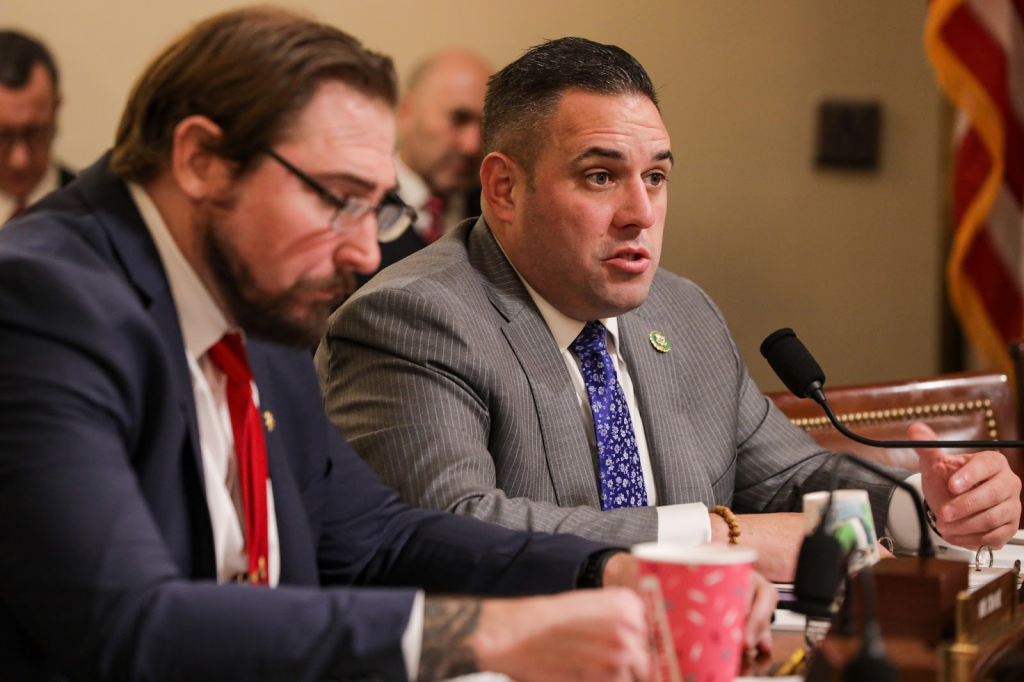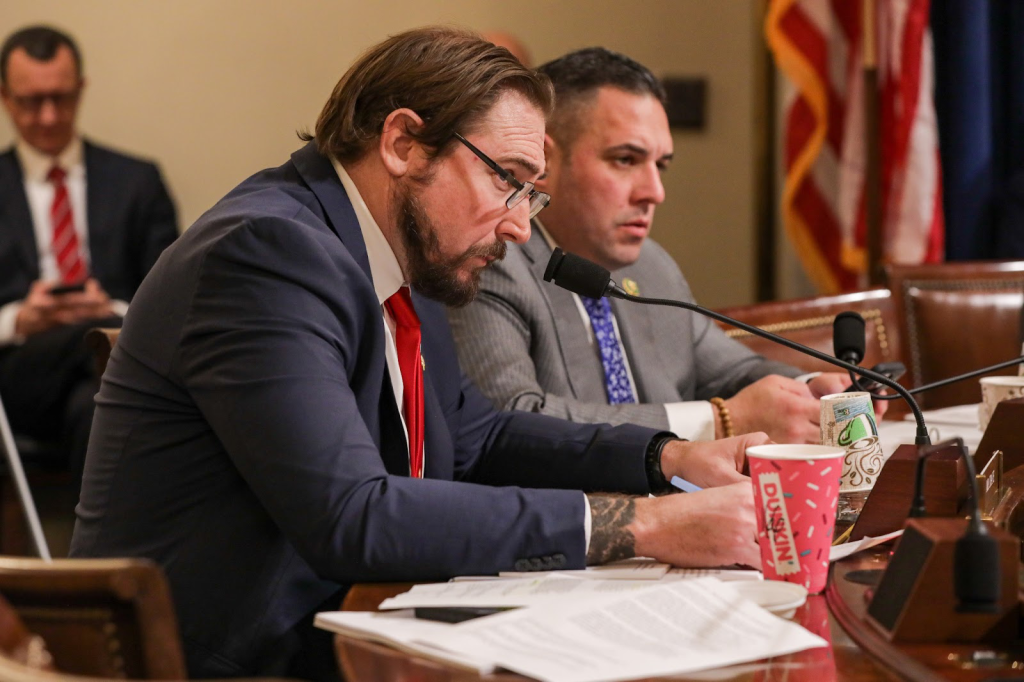ICYMI: HSI, FBI, Secret Service, Home Depot, and More Detail Disturbing Rise in Organized Retail Crime
December 14, 2023
WASHINGTON, D.C.— This week, the House Homeland Security Subcommittee on Counterterrorism, Law Enforcement, and Intelligence, led by Chairman August Pfluger (R-TX), held a hearing to examine the impact organized retail crime (ORC) has on American businesses and communities across the country. Testimony was provided by key witnesses from the federal law enforcement agencies as well as private industry, including Michael Krol, special agent in charge, at the New England Field Office, of Homeland Security Investigations (HSI); Jason Kane, special agent in charge, at the Nashville Field Office, of the U.S. Secret Service; and Jose Perez, deputy assistant director, of the Criminal Investigations Division, at the Federal Bureau of Investigation. The second panel included testimony from David Johnston, vice president of asset protection and retail operations at the National Retail Federation; Scott Glenn, vice president of asset protection for Home Depot; Abby Jagoda, vice president of public policy at the International Council of Shopping Centers; and Summer Stephan, district attorney for San Diego County, California, and the president-elect of the National District Attorneys Association.
In the hearing, members highlighted the rise in organized retail crime in communities across the country, often associated with national and even international criminal enterprises—including criminal cartels—and the soft-on-crime policies that have incentivized the dangerous trend. Federal law enforcement witnesses described the current tactics for fighting this particular crime, along with the whole-of-government and cross-sector coordination necessary to combat it. Private-sector witnesses shared their firsthand experiences of the devastating effects of organized retail crime on business owners, consumers, and hardworking Americans.

Scott Glenn explained how Home Depot has seen organized retail crime in his opening testimony:
“We have seen an alarming rise in the frequency and aggressiveness of organized and professional criminal groups stealing from our stores. There is a myth that these ORC rings happen only in big cities. Unfortunately, criminals and bad actors don’t discriminate when it comes to targeting stores, and organized retail crime is happening everywhere – in urban and suburban areas and everywhere in between. Generally, the intent of ORC actors is to resell and monetize the product as quickly as possible. Our law enforcement partners often find these crimes linked to other more sinister activities such as drug, gun, and even human trafficking.
“I want to be very clear that we are not talking about petty shoplifting – not theft for need but theft for greed. And in many cases, theft to fund ongoing criminal enterprises. This is large-scale, multi-jurisdictional activity that is carefully choreographed.”

Subcommittee Chairman Pfluger questioned witnesses on the trends of these crimes in cities across the country:
“Are there cities in the United States that have a higher level of organized retail crime? Ms. Stephan testified that in San Diego they’re prosecuting, but maybe not in Los Angeles County. Do you see trends across United States cities where it’s higher levels of incidents?”
Johnston answered:
“We do have an annual survey that goes out to our retail members, one of the questions is where did they often see the highest levels of organized retail crime. And we do provide a top ten list. It is based on their responses. It is based on their experiences and their internal data. That is not to say that, along with my fellow panelists in the previous panel, organized crime groups prey on wherever and however they can get their goods and their dollars.”
Pfluger asked what role prosecution plays in deterrence:
“But as Ms. Stephan was saying, if you have a non-aggregated penalty day in and day out, $950, doesn’t that add to a criminal’s mindset, that they are going to take advantage of that if they know they’re going to be prosecuted for a misdemeanor instead of a felony?”
Johnston answered:
“I would agree that you do see that aggregation can play a large role in deterrence, where an individual act and organized retail crime is not only a singular act. It’s conducted in multiple acts, multiple perpetrators in an organized effort. So aggregation can be of great support and assistance in this matter.”
Pfluger continued:
“Alvin Bragg’s day one policy that took armed robbery from, in some cases, a felony to a misdemeanor. Does that embolden criminal activity?”
Stephan answered:
“I believe that every prosecutor should follow the rule of the law, and the law says that robbery is a felony.”

Subcommittee on Oversight, Investigations, and Accountability Chairman Dan Bishop (R-NC) questioned witnesses on what is contributing to the rise in organized retail crime:
“Are lax local prosecutorial practices concerning property crime contributing to the organized retail crime that you’ve described?”
Perez replied:
“I can tell you that we work aggressively within the federal scope, the statutes that we have, whether it’s for interstate transportation of stolen goods or things like the Hobbs Act. Those are violations that we’ll investigate aggressively. At times we can leverage state prosecution as well if, for some reason, we can’t charge a case federal, so we’ll work aggressively to leverage both.”
Bishop asked:
“Are lax border control policies contributing to the development of transnational criminal organization-conducted organized retail crime?”
Krol answered:
“We’re certainly laser-focused on criminal networks and those criminal networks that affect our national border and economic security, whether they reside internationally and domestically. I think we’re, between our border enforcement security task forces and our transnational investigative units overseas and our international presence, we are laser-focused both on traditional ‘arrest-indictment-conviction,’ but also your non-traditional, which would be cyber intrusion mitigation. I’ve seen another, more complex methods to investigate transnational crime.”
Kane later continued:
“We’ve obviously had several cases, to your point––actually, a joint case with HSI in California regarding ABT fraud. And the groups are Eastern European, [who are] obviously coming in kind of subverting the border process. We have problems identifying them, so we do see it… not to the scale that I would say that maybe the [FBI] and HSI sees it.”
Bishop concluded:
“It does seem to me that while we can help treat symptoms by doing more information sharing and tasks forces, and resource provision, if we’ve caused a lot of the problem by not sufficiently backing law enforcement…prosecuting who have decided not to prosecute property crimes––if we have a border that is not under control and gives rise to transnational criminal organization-led bands that go across the country and do this type of crime, we’re probably not going to solve the problem until we address those problems.”

Subcommittee on Emergency Management and Technology Chairman Anthony D’Esposito (R-NY) asked government witnesses how they coordinate with state and local emergency management entities as well as the private sector to deter and investigate this crime:
“What resources are available from agencies like yours that could specifically help local and state agencies so that we can do a better job?”
Krolanswered:
“I could certainly speak to our centers of excellence: cross-border financial crime, our cybercrime center, our national intellectual property rights and coordination center, and many, many … I think what we’re doing, and [what] we need to do a better job of, is making sure that we’re reaching into our private sector and state local partners to ensure that they understand the resources available to them. I think the national intellectual property rights center that we lead is certainly a great example of the private sector and public partnerships that we need to use to enhance our investigations. I think until we have that holistic view and whole–of–government and private sector view on crime, it’ll be tough for us to attack this threat.”
D’Esposito then asked:
“What can we do as members of Congress to make sure that our law enforcement professionals know exactly the resources that you provide?…How can we, on both sides of the aisle, work with you guys to make sure that those resources are there and, number two, making sure that those smaller agencies…have the information they need to take advantage of the great work that you guys are doing?”
Krol answered:
“I would just say we need to be non-traditional in our approach. And that is possibly inserting our special agents in their subject matter expertise into local police departments. Much like we have our task force officer program with 4,000 state and local task force officers. It is, ‘educate the educator,’ and, ‘train the trainer’—let them be the best resource for their local police department to come to HSI, Secret Service, or FBI, ATF or wherever it may be.”

Rep. Eli Crane (R-AZ) asked Johnston about the list of cities affected by organized retail crime:
“Earlier you said that your organization has a top 10 list. Can you go ahead and let us know what those are?”
Johnston answered:
“In no particular order: Los Angeles, San Francisco, New York, Memphis, Oakland, Chicago.”
Crane continued:
“Imagine that. It’s similar trends that we’re looking for, pattern recognition. What do those all have in common, sir?”
“I mean I get it; you guys have to be careful, but if you want Congress to help, we have to be honest about these things…All of them have policy changes just like Ms. Stephan was talking about. Somebody who’s done this her whole life, who knows that crime doesn’t care about your political affiliation, doesn’t care about your skin color, it affects everybody.
“What about you, Mr. Glenn. You represent Home Depot, when these stores go under, and they lock their doors and bar up their windows, and they leave town…does it affect everybody?”
Glenn replied:
“It affects everyone, yes.”
###
